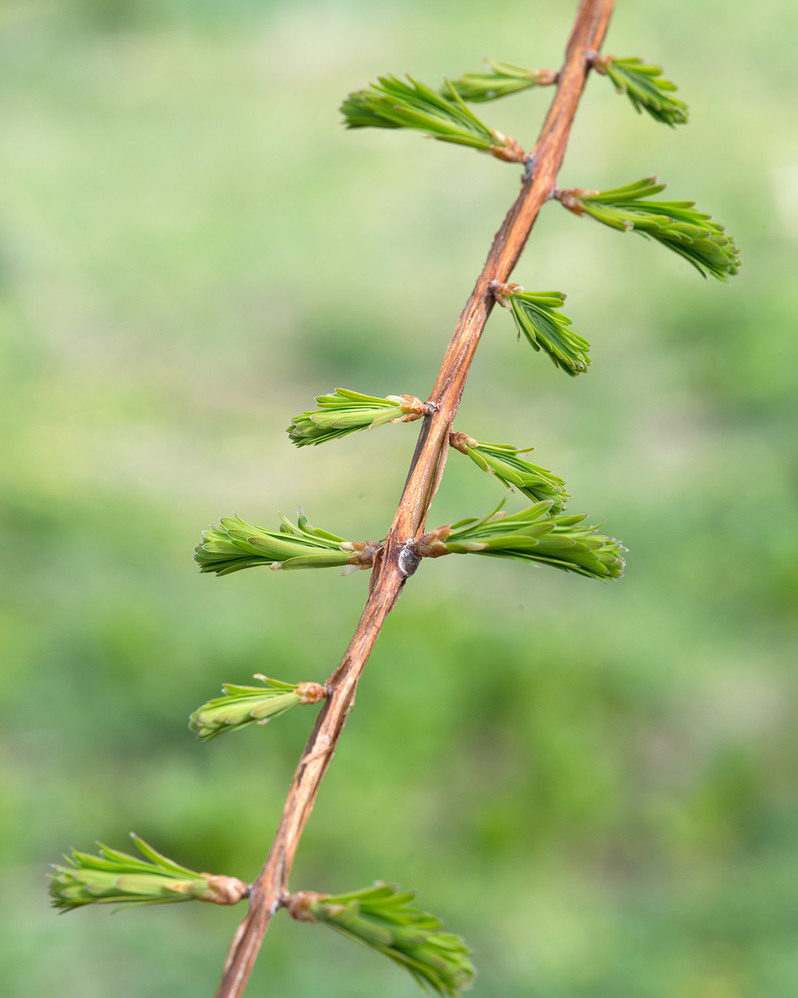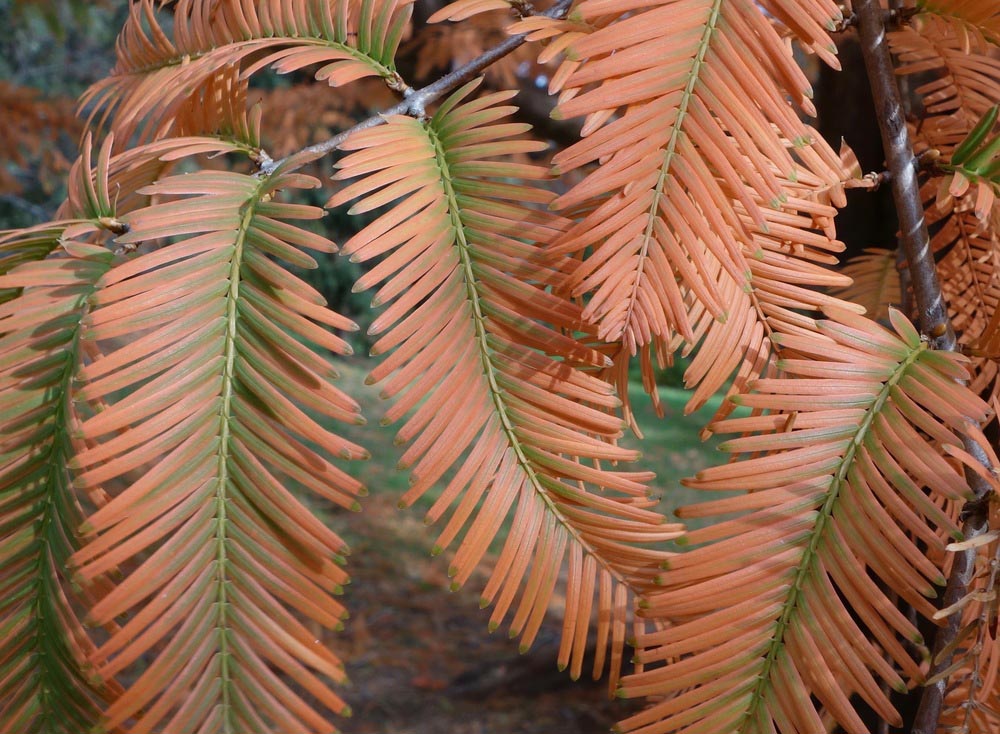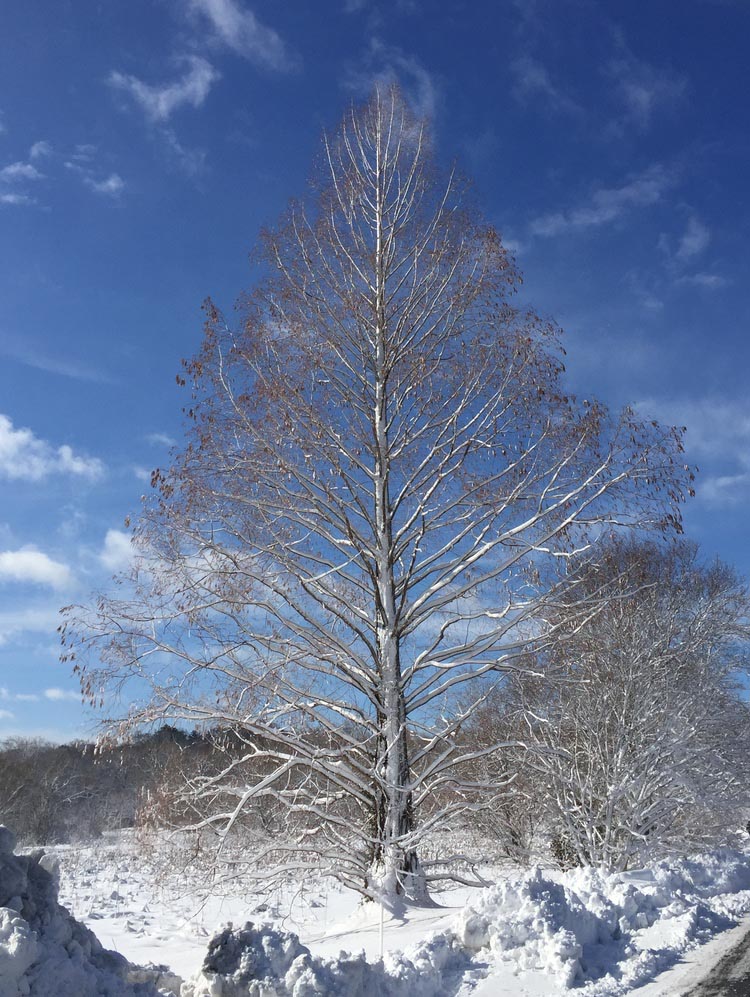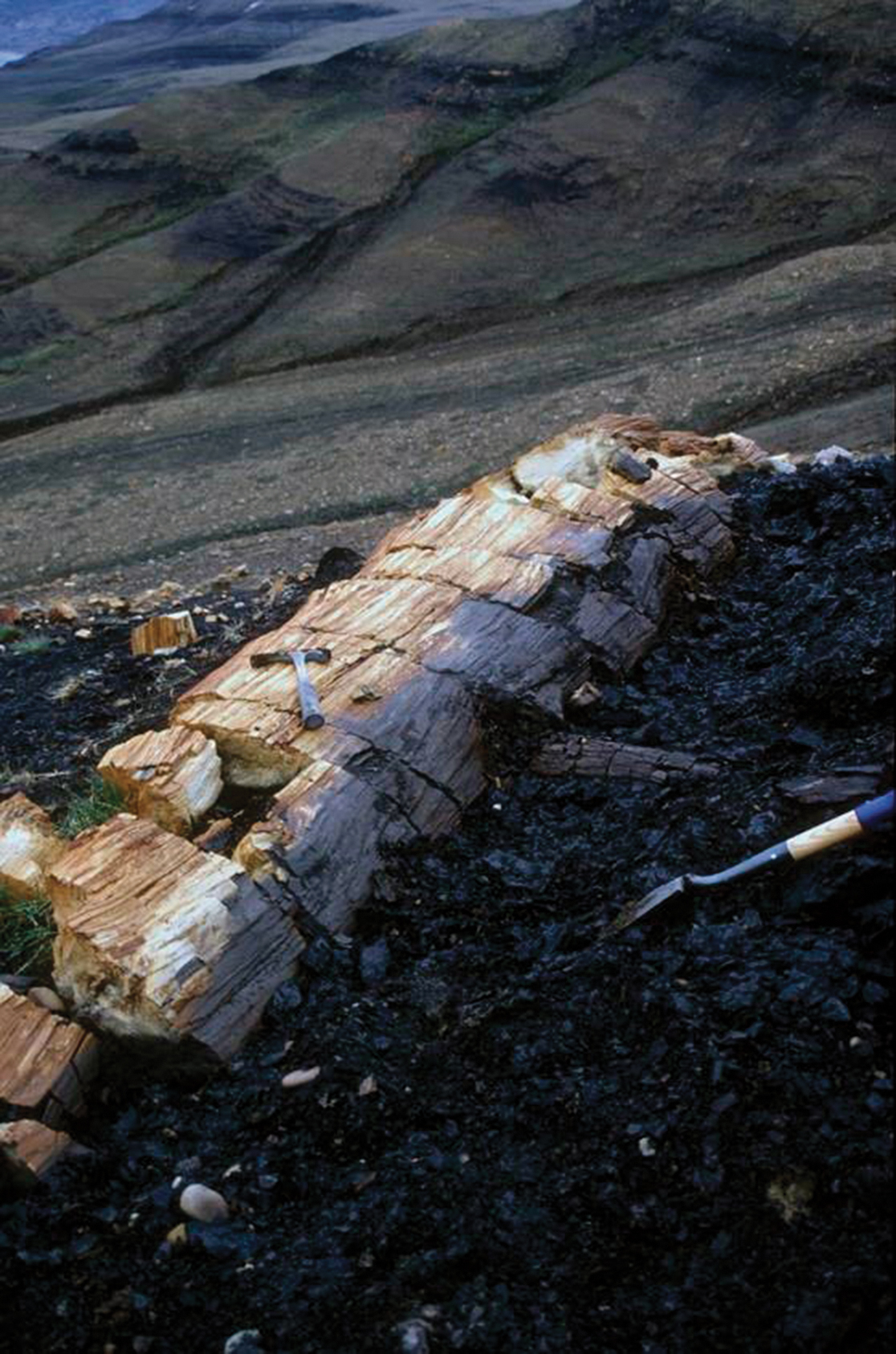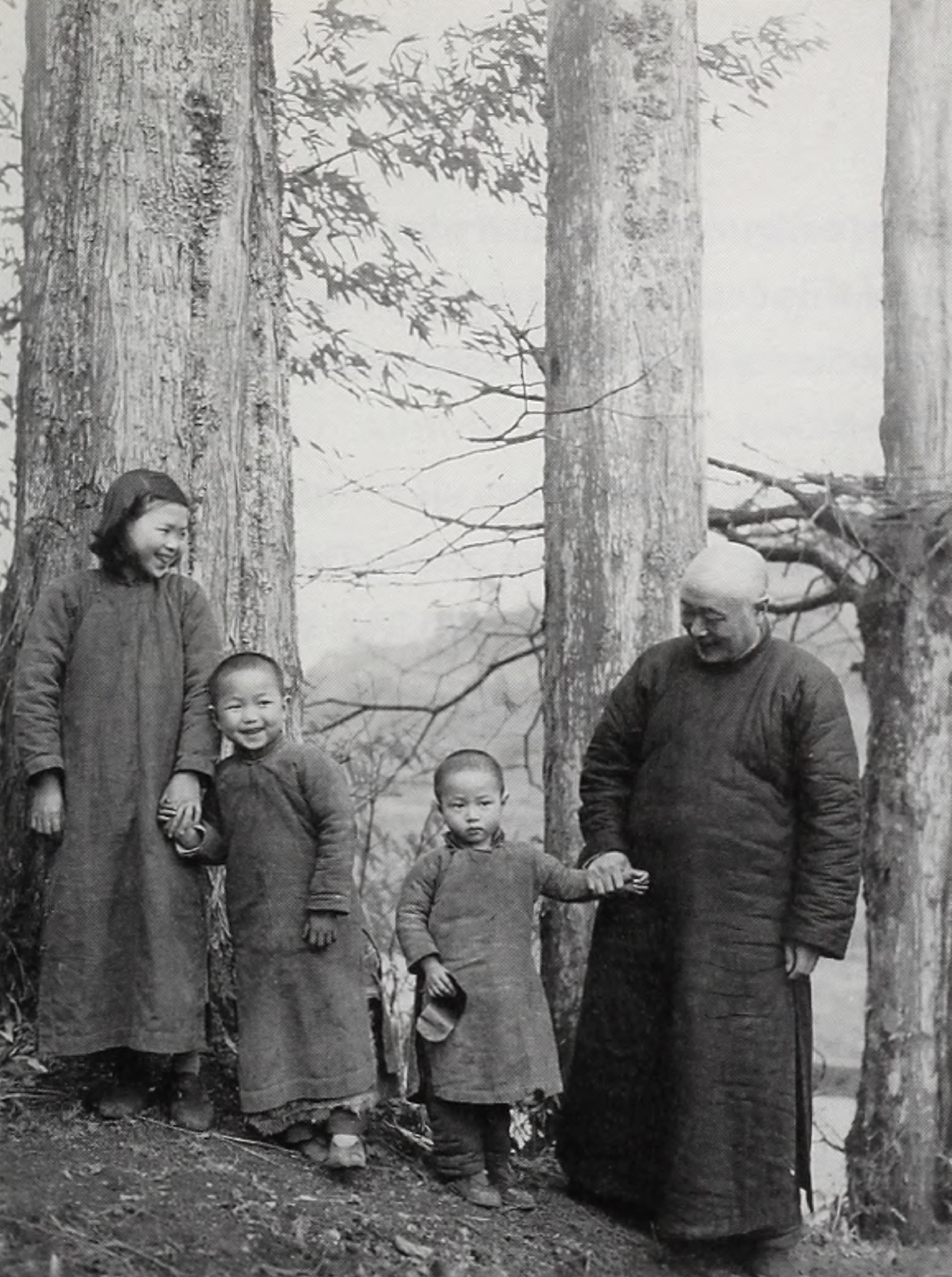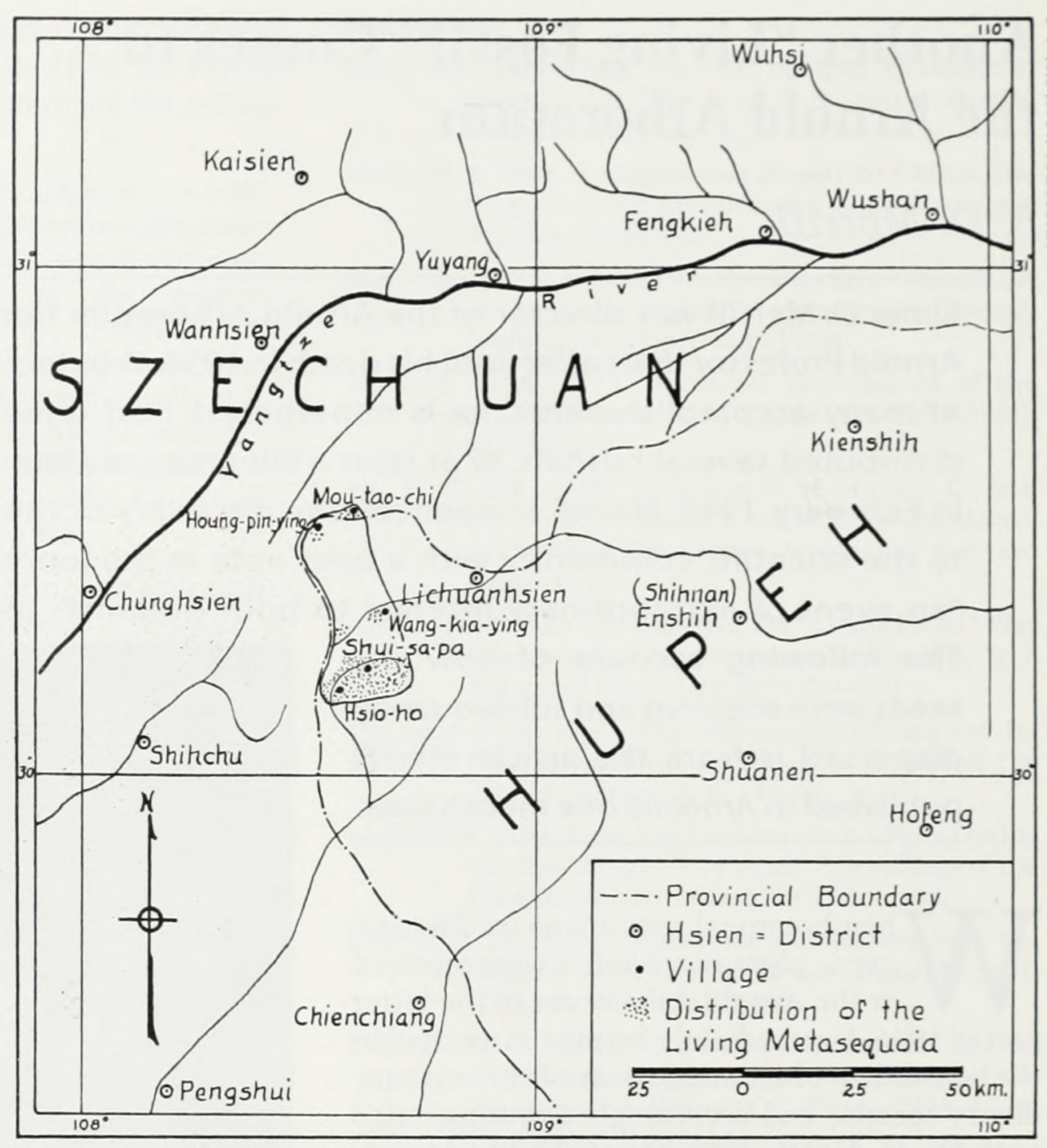
Dawn Redwood
Metasequoia glyptostroboides
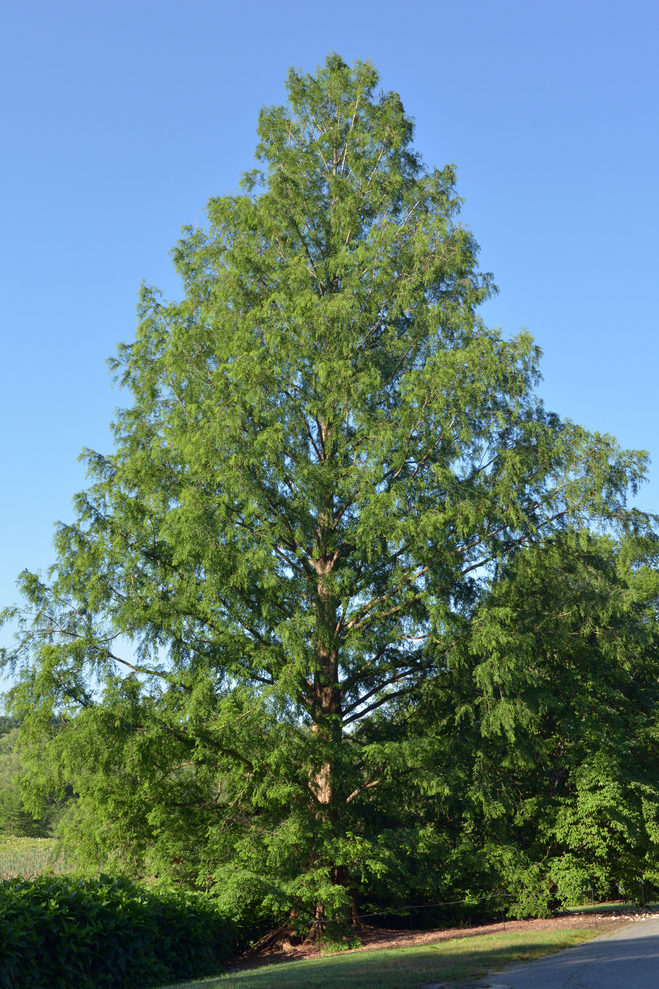
- Accession Number
- The alpha-numeric value assigned to a plant when it is added to the living collection as a way of identifying it.
- Accession Date
- The year the plant’s accession number was assigned.
- Common Name
- The non-scientific name for the plant.
- Scientific Name
- The scientific name describes the species of an organism. The first word is the plant's scientific genus and the second is the specific epithet. This two-word binomial is sometimes followed by other taxonomic descriptors, including subspecies (denoted by "ssp."), variety (denoted by "var."), form (denoted by "f." or "forma"), and cultivar (denoted by single quotation marks).
- Plant Family
- The family to which the plant belongs.
- Propagation Material
- The first part (material code) describes the material used to create the plant. The most common codes are "SD" (seed), "EX" (existing plant), "PT" (plant), "CT" (cutting), "SC" (scion), "SG" (seedling), and "GR" (graft). The second part describes the lineage the plant is derived from. The last part describes the year of propagation.
- Collection Data
- The first part indicates provenance (place or source of origin) using a letter code ("W" = wild, "G" = garden, "Z" = indirect wild, "U" = uncertain). The second part lists the plant source. For wild-collected material, the collector, collection number, and country are given.
- Location
- The location of the plant on the landscape.
CHENG, W.C.
NATL. CTRL. UNIV., NANKING, CHINA
This dawn redwood is among the first of its kind to grow in North America in over two million years.
In 1998, the Arboretum’s magazine, Arnoldia, named the dawn redwood the “tree of the century.” You may recognize the tree from the Arboretum’s logo, where it has been featured since 1995. The tree symbolizes the Arboretum’s missions of international conservation, education, and research.
In the early 1940s, the genus Metasequoia was known only from the fossil record Fossil record: The totality of all preserved remains of once-living things throughout geological history. . Rocks containing the imprints of the dawn redwood’s characteristic needle pattern had been found in North America, Europe, and East Asia.
Then, a forester, Zhan Wang took samples from a mysterious stand of trees deep in a valley in the Hubei Province of central China. At the foot of the oldest tree were a collection of votives—community members had been leaving offerings under the branches for decades.
Over the next several years, Wang worked with colleagues to coordinate collecting expeditions and taxonomic Taxonomy: A branch of science concerned with systems of classifying living and non-living things. identification of the trees. One of these colleagues was Hsen Hsu Hu, a prominent professor who was the first person from China to receive a doctorate in botany from Harvard University. In 1946, Hu and another professor announced the discovery that Metasequoia had not gone extinct after all. It was alive and well and living in western Hubei Province.
The discovery of a “living fossil” made international headlines. Researchers and scientists rushed to see the trees for themselves. Elmer Merrill, director of the Arboretum from 1935 to 1946, funded a collecting trip in China to bring back seed.
The dawn redwoods planted at the Arboretum—including the one before you—are the first of their kind to grow in North America in over two million years. The Arboretum distributed over a kilogram of the tiny, lentil-sized seeds to arboreta and botanic gardens across the world, playing a crucial role in the tree’s international reinstatement and conservation.
Click here to read a transcript of the audio segment below.
China
Viewing this plant in-person? Look for these defining characteristics:
About Our Collection
Fun Facts
Stats
- Living Specimens
- Specimens Dead or Removed
- First Addition
- Most Recent Addition
- Tallest Specimen
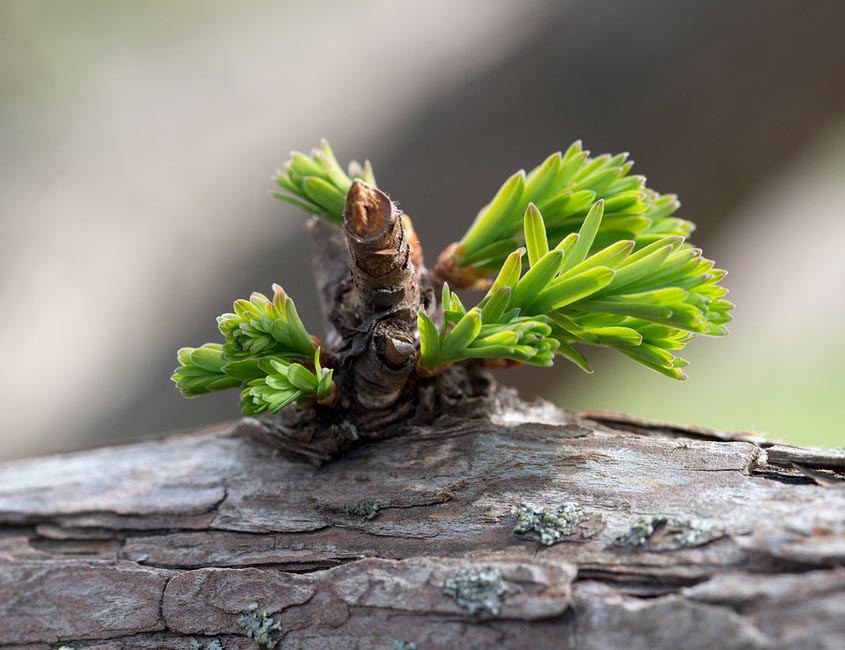
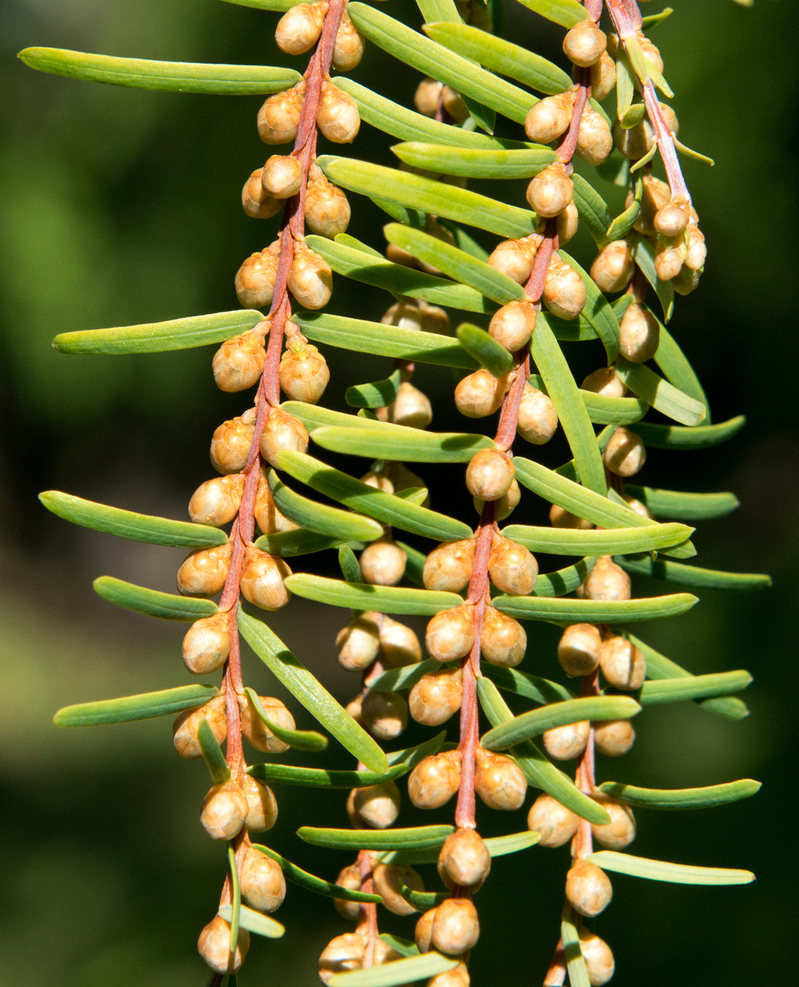
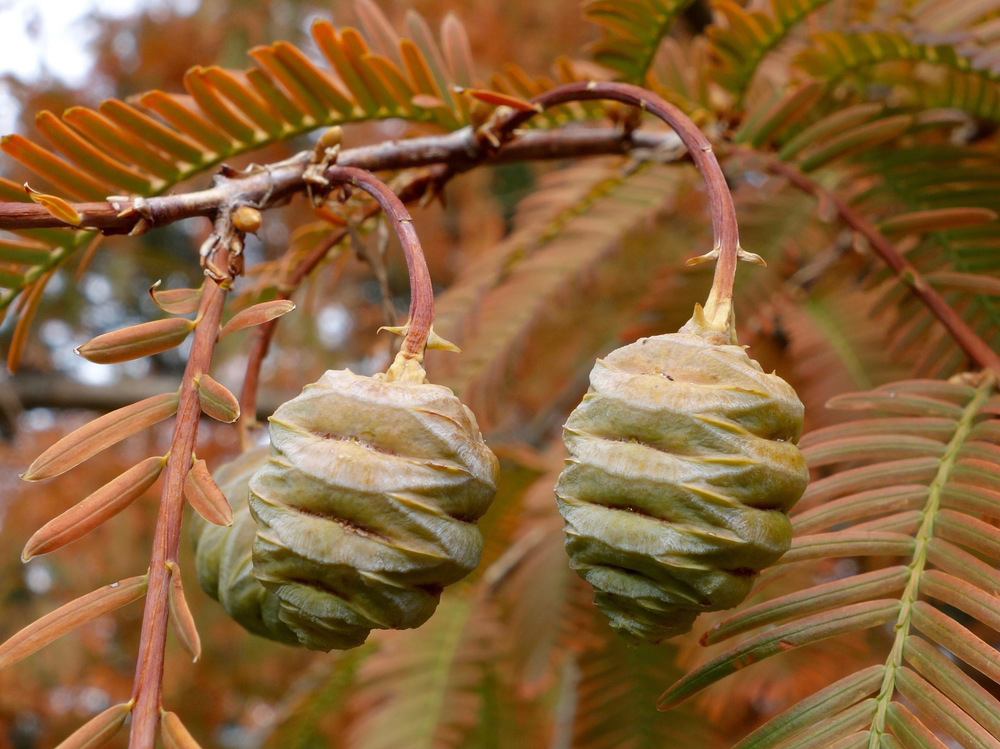
Living Specimens
| Plant ID | Accession Date | Received As | Origin | Source |
|---|---|---|---|---|

